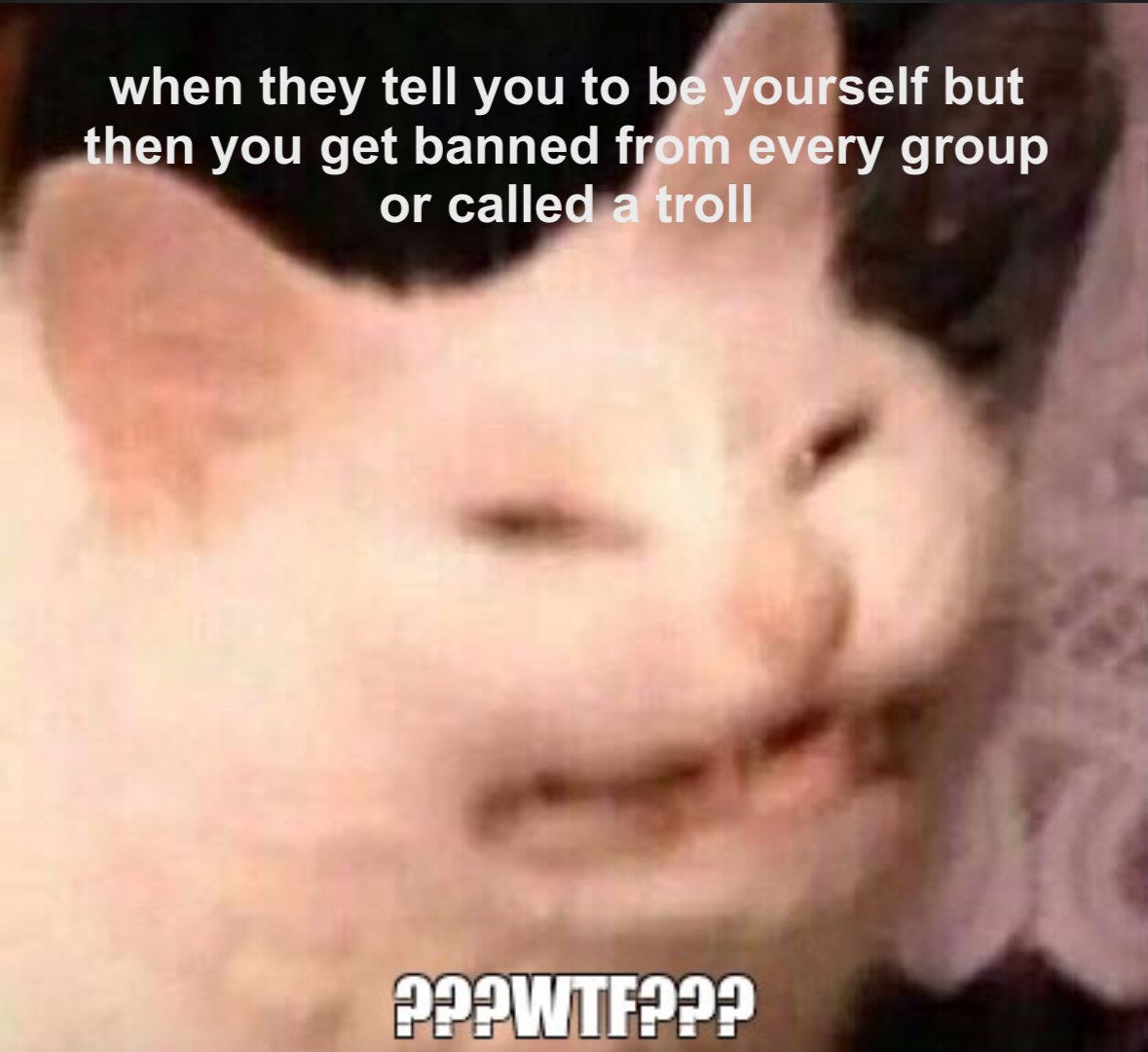Sorry I thought the title would be enough to clarify that.
DaddysLittleSlut
I mean yeah? They are fiction because they don’t exist yet. My idea was that in the future I’ll implement these into the natural world.
I mean kinda yeah it’s getting there. Like I got raised areas on my back where flight muscles are going to deploy and tear from. Then my teeth are sharper and mouth wider. With an extremely more muscular build when I don’t workout.
Ok for more definition. I started a process similar to that of evolution through manipulation of matter/energy. These went along the process of my three forms. Parrot/demon king, wolf/husky kemonomimi, and vampire. It started with me noticing much wings growth and understanding this takes also a long time. It follows a realistic growth pattern for humans then takes it. As such I had my ribs extend and fuse, arms break and heal, knees disappear and rebuild. So much more.
That is a possibility but rather I think the universe itself is in control but there is deities such as those who either completely learn to or are born able to harness power and those born on another dimension like 2d,3d,4d,5d. Though for us they are like those of which we see as God, Loki, Odin, Venus, Dionysus. While Jesus would have been the powers of someone like god but in a human body. Just like demigods or as Dionysus was originally.
Hahahaa yeah sorry getting into a scientific and biological discussion that is not Physics 😆
Please share!!!
That is really interesting! Also I disagree with Einstein a bit here. Yes mostly a developed god would not play dice but an immature god would play with the pandora’s box.
Can I ask do you know any good YouTube professors or anything?
That’s really interesting! I had a further thing to add.
So think on this. In evolution and development all bodies are different but with the same possibility mostly for development. If done correctly such as training. Though what people like demigod and deities where those born either in a body and mind that is able to fully understand and or an easier use of methods like these.
Though everyone has the ability to grow and harness more pure energy and manipulate it. Though some have it hard while some have it easier. I think myself I had both. It was harder to actually use it for myself but I have nearly an unlimited access to pure energy.
Can I ask what if each individual their way of seeing the world could influence how it works. With enough logical thinking such as this idea with magic I originally created. To me it may work because it works within the law of nature but as you highlighted your own idea. Maybe that would be more how it’d happen for you. Though we all come out at the same end point.
I’ll be completely honest Physics is one of the topics I know the least about. So sadly no but please share. I love science.
That is a really interesting way of seeing it! Then that’d make sense that everything happening to me. Was already meant and known to happen.

Just to clarify what I mean by “implement.” Similar to the laws that currently govern our world, my goal is to create scientifically testable laws that can be observed and studied. I intend to use my powers to integrate these laws into reality, allowing them to naturally take effect. For example, one law could result in people being born with an innate ability to control an element. Another could trigger rapid evolutionary transformations during sleep for those with a deep mental desire to become hybrids (kemonomimi) or anthropomorphic beings.
Specifically, one of these ideas involves the potential for unlimited energy, which could be incredibly beneficial. And yes, I fully support the idea of careful analysis. It’s exactly what I’m aiming for. This approach should help the concepts gain traction and ensure people can learn to use them effectively.